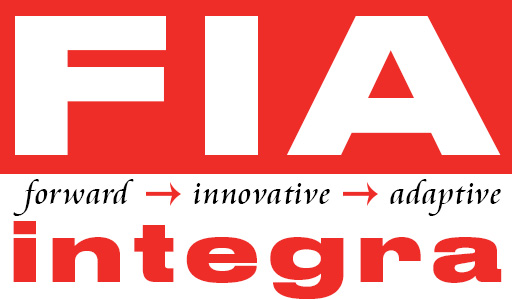This course provides important information about Oracle Primavera Risk Analysis. Students will model the basic concepts of risk management in Oracle Primavera Risk Analysis. The course lasts three days and presents examples of specific risk modeling techniques. On the third day, a workshop is organized to help learners apply the techniques they have learned.
Summary
- Training duration: 3 days
- Teaching method: interactive, at FIA Integra's training centre
- Course format: 40% theory, 60% practice
- The course addresses: analysts, users, implementers, project managers, risk managers
- You will learn to: create, prepare, mitigate, implement, plan and control project risks
Obtained Skills
- Basic principles, tools and modern techniques used in project risk management
- Completion of the five phases of the project life cycle, through presentations and case studies
- Familiarity with project management concepts and terms used
- Analysis and application of tools used in project management
- Setting realistic and measurable goals and providing positive results
- Estimated project costs using simple and verified techniques
- Establishing a monitoring and controlling system of the project
- Building a solid project plan within organizational and cost constraints
- Recruiting and managing a high performance project teams
- Strengthening the team spirit through creativity and developing it by creating a common language
Content
- Introduction to Oracle Primavera Risk Analysis
- Overview and navigation
- Benefits of quantitative risk analysis
- Oracle Primavera Risk Analysis methodology
- Navigating through Oracle Primavera Risk Analysis Screens
- Risk Presentation
- Types of risk, their impact and implications
- Managing uncertainties and risks using Oracle Primavera Risk Analysis
- Analysis of the execution graph
- Explaining the importance of checking the execution schedule
- Describing planning issues that can compromise risk analysis
- Performing a graph check
- Verification prior to analysis
- Description of the scope of the pre-analysis verification
- Using the “Duration Quick Risk” command to add uncertainties to the project
- Running risk analysis
- Using “Distribution Graph” to view the data analyzed
- Applying lasting uncertainties
- Using three methods for applying the project uncertainty duration
- Defining a new user domain in the project plan
- Formatting and adding a new column to the Gantt chart
- Configure a template for use with Templated Quick Risk
- Existence of activity / existence of probability
- Probabilistic analysis
- Risk Register
- Quantitative and qualitative risks
- Impact and mitigation of risks and risk plans
- Correlation – Scatter Plots and S-Curves
- Uncertainties in terms of costs and resources
- Analysis and review
- Using the “Distribution Analyzer” to compare S-Curves generated from various risk analyzes
- Prioritize mitigation activities using Tornado Graph
- Build and format P-Schedule
- The risk exposure mode in Tornado Graph will be used to assess which risk has the greatest impact on the duration and cost of the project
Enroll now
FIA Integra Benefits
Our agnostic expertise validates us as a fully qualified consultant and implementer of cutting – edge solutions for any business-related requirement.
Benefit
Processes
We cover all business processes during the Project/Asset Lifecycle starting with the Design Phase up to the Maintain Phase.
Benefit
Expertise
Our Expertise relies on a team of seasoned professionals with international exposure, on different types of projects. We are your trustworthy partner in delivering successful projects.
Solutions
We are providing state of the art solutions to assist every need the industry may encounter. Our portfolio comprises of third-party solutions as well as proprietary solutions –developed in our quest to cover specific requests.
Methodology
Agile Methodology
PMBOK Methodology
CI/CD
LEAN Methodologies

